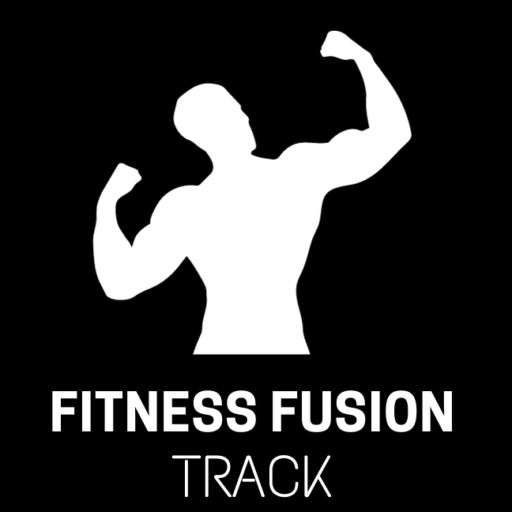To develop a well-rounded chest, focusing on the upper chest is key. The upper chest, or the clavicular portion of the pectoralis major muscle, is often underdeveloped compared to the lower chest. This can lead to an imbalance in the chest muscles and an overall less defined appearance. To target the upper chest effectively, it’s important to include exercises that specifically isolate this area. The upper chest workouts include the incline barbell bench press, incline dumbbell press, incline dumbbell flyes, incline cable flyes, and push-ups with elevated feet. These exercises target the upper chest from various angles, promoting balanced muscle growth for a sculpted chest.
Importance of Upper Chest Workouts
The upper chest is a crucial area to target during workouts, as it contributes to overall chest development and a balanced physique. Neglecting this area can lead to an imbalanced chest appearance, with the lower chest dominating the upper portion. To effectively target the upper chest, include exercises like incline bench press, incline dumbbell press, incline dumbbell flyes, cable crossovers from low to high, incline push-ups, overhead dumbbell press, and reverse-grip bench press into your routine. These exercises help build strength and definition in the upper chest, enhancing the overall aesthetic of your chest muscles.
Anatomy of the Upper Chest
The upper chest, known as the clavicular head of the pectoralis major, is a key muscle group that contributes to well-rounded chest development. Targeting this area can be challenging but rewarding. Including exercises like incline bench presses, incline dumbbell presses, and incline flyes in your routine can effectively isolate and stimulate the upper chest muscles. Including these exercises, along with proper form and consistency, can lead to noticeable gains in your upper chest development.
Benefits of Strong Upper Chest
- Improved Posture: Strengthening the upper chest muscles can help improve posture by pulling the shoulders back and opening up the chest, reducing the likelihood of slouching.
- Enhanced Athletic Performance: A strong upper chest can improve overall upper body strength, which is beneficial for various athletic activities such as throwing, pushing, and lifting.
- Reduced Risk of Injury: Strong upper chest muscles can provide better support to the shoulders and upper back, reducing the risk of injuries related to poor posture or overuse.
- Balanced Muscle Development: Focusing on the upper chest helps achieve a balanced and symmetrical upper body appearance, which is aesthetically pleasing and can boost confidence.
- Functional Strength: Upper chest strength is important for daily activities such as lifting objects, pushing doors, and maintaining balance, enhancing overall functional strength and mobility.
Best Upper Chest Workouts
Incline Bench Press
This exercise targets the upper chest and also engages the shoulders and triceps. Perform this exercise on an incline bench set to about 30-45 degrees.

Incline Dumbbell Press
Similar to the incline bench press, this exercise is performed using dumbbells, allowing for a greater range of motion.
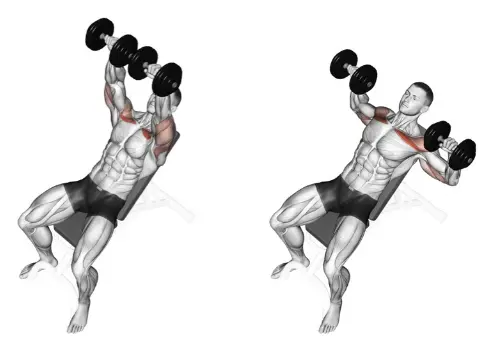
Incline Dumbbell Flyes
Lie on an incline bench and perform flye movements with dumbbells to target the upper chest and stretch the muscle fibers.
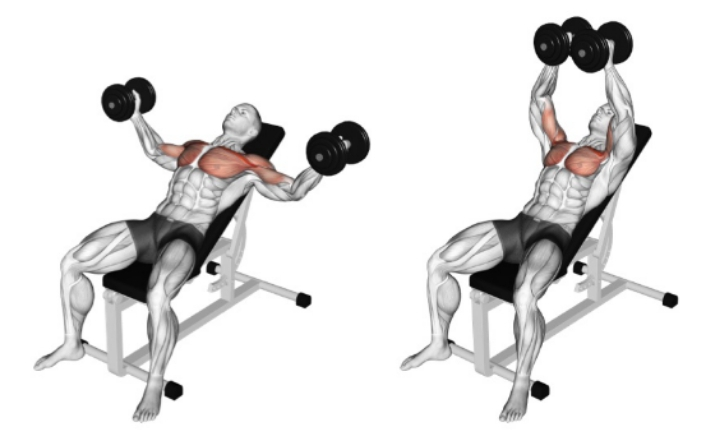
Push-Ups
To target the upper chest during push-ups, elevate your feet on a bench or platform to create an incline.
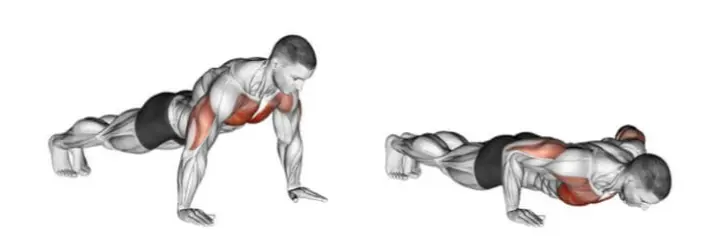
Chest Dips
Use parallel bars to perform dips, leaning slightly forward to emphasize the upper chest.
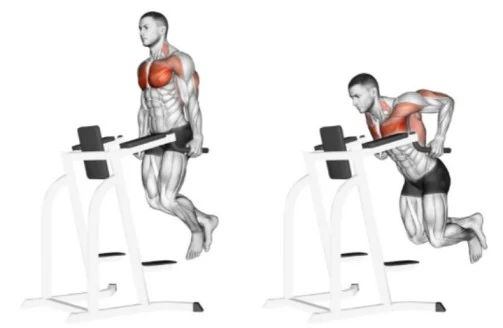
Cable Crossover
Set the cables in a high position and perform crossovers to target the upper chest from different angles.
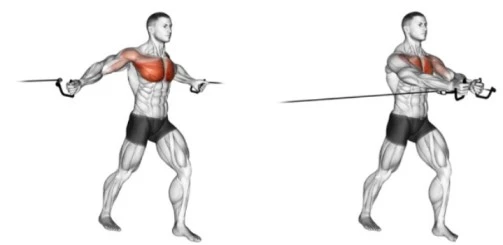
Overhead Press
While primarily a shoulder exercise, the overhead press also engages the upper chest as a secondary muscle group.
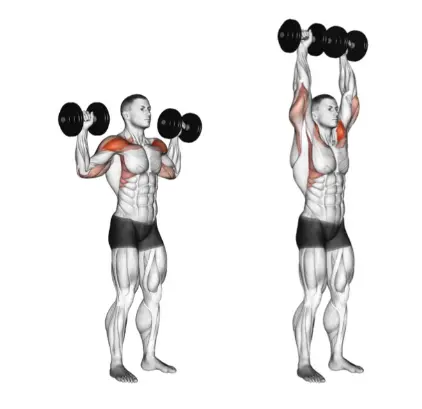
How to Perform Upper Chest Workouts Correctly
To perform upper chest workouts correctly, start with the incline bench press. Set the bench to a 30-45 degree angle, grip the barbell shoulder-width apart, and lower it to your upper chest. Push up explosively without locking your elbows. Next, try the incline dumbbell press. Lie on an incline bench, hold dumbbells above your chest, and lower them until your elbows are at a 90-degree angle. Push back up, squeezing your chest at the top. For a bodyweight exercise, do incline push-ups. Place your hands on an elevated surface, lower yourself until your chest almost touches, then push back up. Include these exercises in your routine for a sculpted upper chest.
Upper Chest Workout Routine
For an effective upper chest workout routine, include the following upper chest workouts. Begin with the barbell incline bench press, focusing on proper form and control. Follow this with a dumbbell incline bench press to target the upper chest muscles further. Cable crossovers are excellent for isolation and sculpting. Incline dumbbell flyes help stretch and contract the upper chest. Push-ups with feet elevated intensify the workout. Finish with the incline bench press machine for a thorough burnout.
Tips for Effective Upper Chest Workouts
If you need strong upper chest, here are some tips for effective upper chest workouts:
- Focus on Compound Exercises: Include compound exercises like the incline bench press, incline dumbbell press, and incline flyes into your routine. These exercises target the upper chest muscles effectively.
- Adjust the Bench Angle: Use an incline bench set to an angle between 30 to 45 degrees. This helps to target the upper chest muscles more specifically compared to a flat bench.
- Mind Your Form: Maintain proper form throughout the exercise to target the upper chest effectively. Ensure your back is flat against the bench, and your elbows are at a 45-degree angle to your body during presses.
- Variety in Rep Ranges: Include a variety of rep ranges into your workouts. Lower rep ranges (4-6 reps) with heavier weights can help build strength, while higher rep ranges (10-12 reps) can help with muscle endurance and hypertrophy.
- Include Isolation Exercises: In addition to compound exercises, include isolation exercises like cable crossovers, incline dumbbell flyes, and incline push-ups to further target the upper chest muscles.
- Warm-Up Properly: Warm up your muscles before starting your upper chest workout to prevent injury and improve performance.
- Nutrition and Hydration: Maintain a balanced diet rich in protein to support muscle growth and repair. To promote muscular function and recuperation, drink plenty of water.
Remember, consistency is key. Stick to your workout routine and adjust it as needed to continue making progress.
Common Mistakes to Avoid
There are some common mistakes to avoid in upper chest workouts, which are:
- Neglecting proper warm-up: Failing to warm up adequately can lead to injuries and decrease the effectiveness of your workout. Perform small cardiovascular activities and dynamic stretches first.
- Using improper form: Incorrect form reduces the effectiveness of the exercise and increases the risk of injury. During each exercise, pay close attention to maintaining good posture and technique.
- Lifting too much weight: Using weights that are too heavy can lead to compromised form and potential injury. Focus on using a weight that allows you to perform each rep with proper form.
- Not including a variety of exercises: Over-reliance on one exercise can lead to muscle imbalances and plateauing. Include a variety of upper chest exercises in your routine to target different muscle fibers.
- Ignoring the lower chest: Neglecting the lower chest can lead to unbalanced chest development. Include exercises that target the lower chest, such as a decline bench press or dips.
- Not progressing in your workouts: Consistently using the same weights and reps will eventually lead to a plateau. Gradually increase the intensity of your workouts by adding weight or increasing reps.
- Not allowing enough rest between sets: Insufficient rest can lead to decreased performance and an increased risk of injury. For the most proper recovery, give yourself a sufficient amount of time off in between sets.
Conclusion
In conclusion, to develop a well-rounded chest, focusing on the upper chest is key. The upper chest, or the clavicular portion of the pectoralis major muscle, is often underdeveloped compared to the lower chest. This can lead to an imbalance in the chest muscles and an overall less defined appearance. To target the upper chest effectively, it’s important to include exercises that specifically isolate this area. The upper chest workouts include the incline barbell bench press, incline dumbbell press, incline dumbbell flyes, incline cable flyes, and push-ups with elevated feet. These exercises target the upper chest from various angles, promoting balanced muscle growth for a sculpted chest.
FAQs
Q. How often should I do upper chest workouts?
Make time to exercise your upper chest 1-2 times a week, leaving enough time for relaxation and recuperation in between sets.
Q. Can women benefit from upper chest workouts?
Yes, women can benefit from targeting the upper chest to enhance chest definition and overall upper body strength.
Q. Should I train my upper chest before or after my lower chest?
It’s generally recommended to start your chest workout with upper chest exercises, as this area can be more challenging to target compared to the lower chest.
Q. Can I do upper chest workouts at home without equipment?
Yes, you can perform exercises like push-ups, incline push-ups, and incline dumbbell flyes at home to target the upper chest.
Q. How long before upper chest exercises show results?
Results vary depending on individual factors such as genetics, diet, and consistency. With a proper workout routine and diet, you can start seeing noticeable results in 4-8 weeks.
